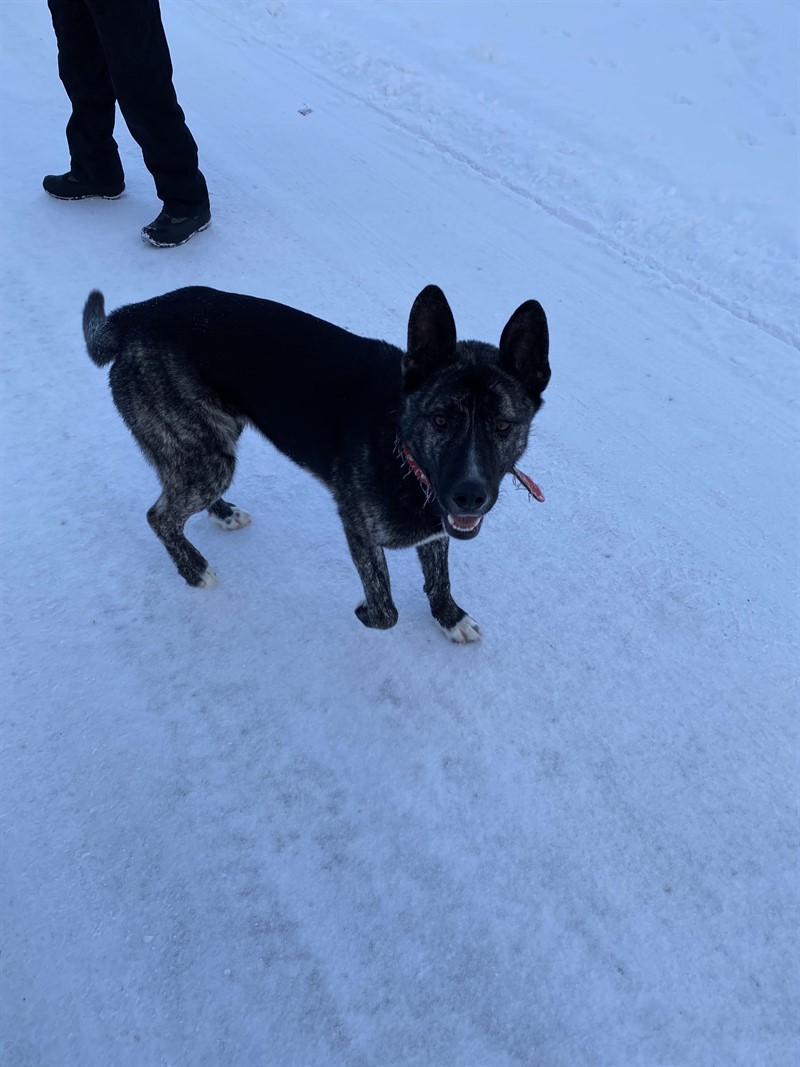Winter Pet Safety
Dogs are individuals. An outdoor temperature that feels downright balmy to one dog might send another in search of shelter. Coat type and colour, size, weight, conditioning, age, and health are all variables that affect a dog’s cold weather tolerance.
In general, cold temperatures should not become a problem for most dogs until they fall below 7°C, at which point some cold-averse dogs might begin to feel uncomfortable. When temperatures fall below 0°C, owners of small breed dogs, dogs with thin coats, and/or very young, old, or sick dogs should pay close attention to their pet’s well-being. Once temperatures drop under -7°C, all owners need to be aware that their dogs could potentially develop cold-associated health problems like hypothermia and frostbite.
Here are some helpful tips for cold days:
- Ensure your dog has a well-insulated house
- Use straw for bedding
- Provide extra food
- Ensure their water has not froze, and avoid metal bowls
See more advice from the Alberta SPCA.
The best way to monitor dogs when it’s cold is to keep a close eye on their behavior. If you notice your dog shivering, acting anxious, whining, slowing down, searching out warm locations, or holding up one or more paws, it’s time to head inside.
Summer Pet Safety
It’s important to keep your pets safe from hot temperatures.
Don’t leave your pets unattended in vehicles during hot summer months, as temperatures can rise in a matter of minutes. Lowering windows does little to protect them in these situations.
If you see a distressed animal in a parked vehicle, write down the license plate, vehicle colour, make and model, and ask nearby businesses to help find the owner to return to their vehicle immediately.
If the owner cannot be located, call the VoC at 867-863-6271 . Do not attempt to break the window as you are not authorized to do so, and you are not only putting yourself at risk, but the animal as well.
Don’t forget that when travelling with your pets, please ensure they are safely secured inside your vehicle.


_Web.jpg)